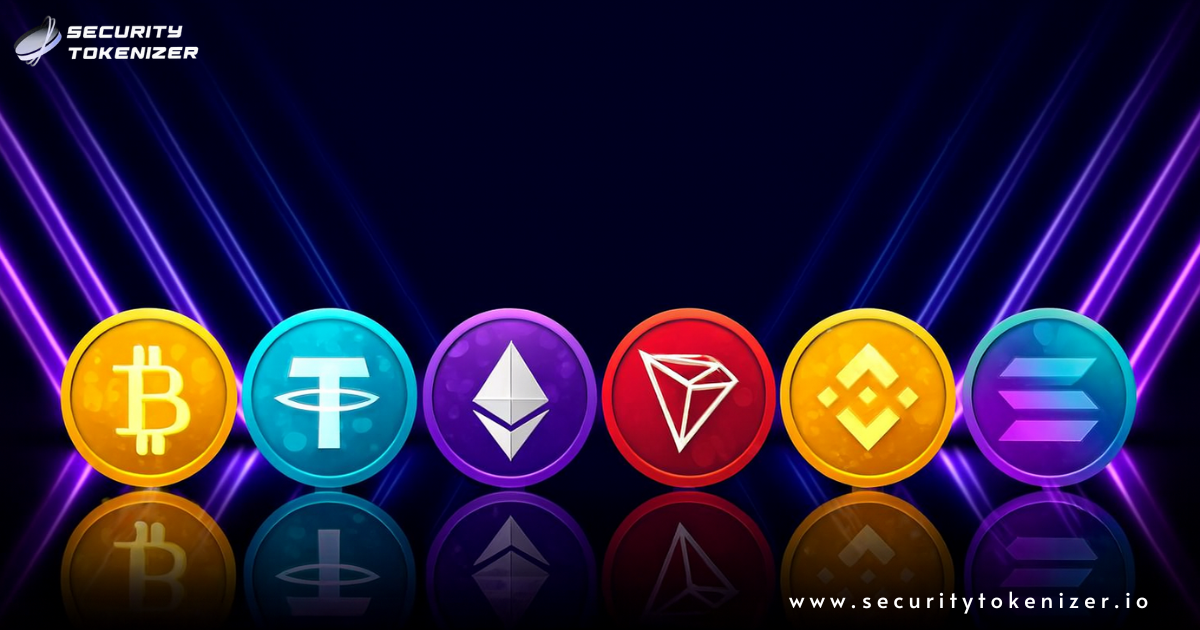Subscribe Our Newsletter
Table of Content
Creating a crypto token can be an exciting venture, whether you’re looking to launch a new project, raise funds, or simply explore the blockchain landscape. In this comprehensive guide, we’ll walk you through the entire process of how to create a crypto token, covering everything from defining your token properties to deploying it on the blockchain. By the end of this article, you’ll have a clear understanding of the steps involved in crypto token creation, including ERC-20 token creation, tokenomics design, and legal compliance.
Understanding Crypto Tokens
Before diving into the creation process, it's essential to understand what crypto tokens are. Unlike cryptocurrencies like Bitcoin or Ethereum, which operate on their own blockchains, tokens are built on existing blockchain platforms. They can represent assets, utilities, or even voting rights within a decentralized application (dApp). Understanding the purpose of your token is crucial, as it will guide your decisions throughout the creation process.
Step 1: Define Your Token's Purpose
The first step in creating a crypto token is to define its purpose. Ask yourself: What problem does your token solve? Is it a utility token for a specific platform, a security token representing an asset, or a governance token for decision-making? A well-defined purpose will not only help you in the development phase but also attract potential investors and users.
Step 2: Select the Right Blockchain Platform
Choosing the right blockchain platform is a critical decision in the token creation process. Popular options include Ethereum, Binance Smart Chain (BSC), and Solana. Each platform has its own token standards, such as ERC-20 for Ethereum and BEP-20 for Binance Smart Chain. Consider factors like transaction fees, scalability, and community support when making your choice.
Step 3: Choose the Token Standard
Once you've selected a blockchain platform, the next step is to choose a token standard. The most common standards include:
- ERC-20: The most widely used standard on Ethereum, ideal for fungible tokens.
- ERC-721: Used for non-fungible tokens (NFTs), representing unique assets.
- BEP-20: The Binance Smart Chain equivalent of ERC-20.
- ERC-1400: A standard for security tokens, offering features like compliance and transfer restrictions.
Your choice of token standard will influence the features and functionalities available for your token.
Step 4: Define Token Properties
Defining your token properties is a crucial step in the crypto token creation process. Key properties to consider include:
- Token Name: Choose a unique and memorable name for your token.
- Symbol: A short abbreviation (like BTC for Bitcoin) that represents your token.
- Total Supply: Decide on the maximum number of tokens that will ever be created.
- Decimals: Determine how divisible your token will be (e.g., 18 decimals for ERC-20 tokens).
- Minting, Burning, and Pausing Features: Consider whether you want to include features that allow for the minting or burning of tokens and the ability to pause transactions in case of emergencies.
Step 5: Develop the Smart Contract
The smart contract is the backbone of your crypto token. It defines the rules and functionalities of your token, including how it can be transferred, minted, or burned. If you have coding experience, you can develop the smart contract yourself using Solidity (for Ethereum) or Rust (for Solana). Alternatively, you can use no-code crypto token tools that simplify the process. These tools allow you to create a token without writing any code, making it accessible for everyone.
Step 6: Test Your Smart Contract
Before deploying your token, it's vital to test your smart contract thoroughly. Use test networks like Ropsten or Rinkeby for Ethereum to simulate transactions without spending real money. Testing helps identify bugs and ensures that your token functions as intended. Consider conducting a security audit to further validate your smart contract's integrity.
Step 7: Deploy Your Crypto Token
Once your smart contract passes testing, it’s time to deploy your crypto token. This involves sending your smart contract to the blockchain, making it live and accessible to users. Depending on the blockchain platform you chose, the deployment process may vary. Ensure you have enough native cryptocurrency (like ETH for Ethereum) to cover transaction fees during deployment.
Step 8: Promote Your Token
After deployment, it’s essential to promote your token to attract users and investors. Create a marketing strategy that includes social media campaigns, community engagement, and partnerships. Consider hosting an Initial Coin Offering (ICO) or a token sale to raise funds and generate interest in your project.
Step 9: Ensure Legal Compliance
Legal compliance is a crucial aspect of crypto token creation. Regulations vary by jurisdiction, so it's essential to consult with legal experts to ensure your token complies with local laws. This may involve registering your token as a security, adhering to anti-money laundering (AML) regulations, and ensuring proper disclosures to investors.
Step 10: Monitor and Maintain Your Token
Once your token is live, the work doesn’t stop. Regularly monitor its performance and user engagement. Be prepared to make updates or improvements based on user feedback and market trends. Maintaining transparency with your community will help build trust and ensure the long-term success of your token.
Conclusion
Creating a crypto token is an exciting journey that requires careful planning and execution. By following this step-by-step guide, you can navigate the complexities of crypto token creation, from defining your token's purpose to ensuring legal compliance.











